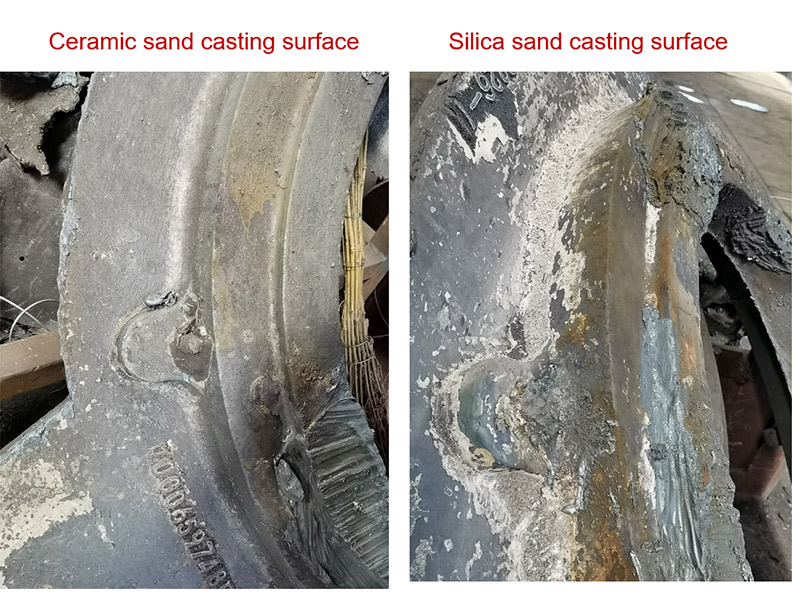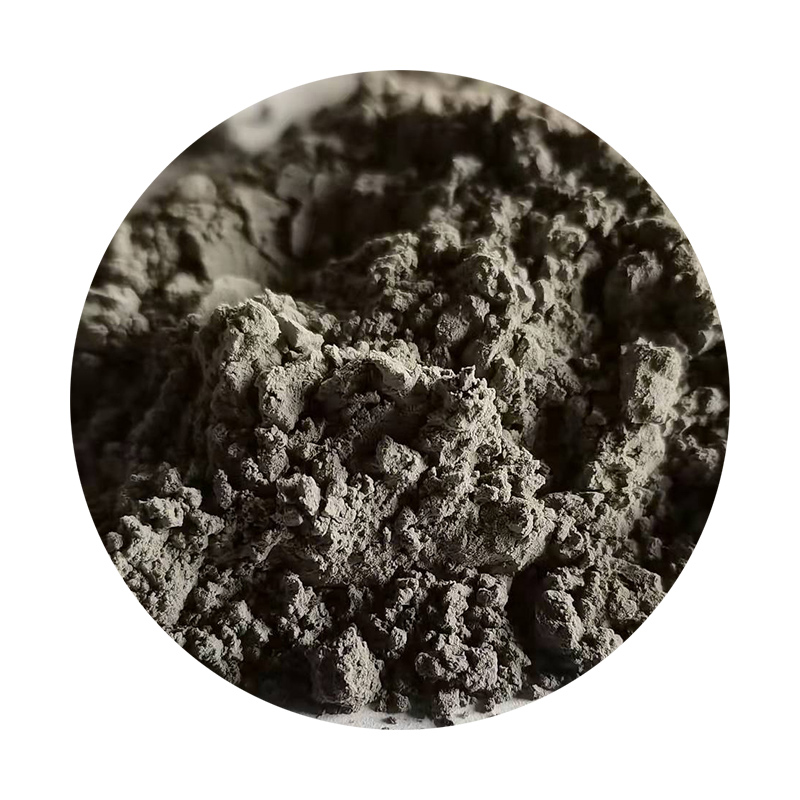

Progress gradually to finer grit sandpapers, such as 400 to 600 grit, ensuring to frequently check the surface for uniformity. Wet sanding can be particularly beneficial during the finer stages, especially on PLA, as it reduces friction, helping prevent excessive material removal and creating a smoother finish. A critical aspect for true experts is recognizing when the surface is ready for polishing. After reaching approximately 1000 to 2000 grit sandpaper, the model should feel uniformly smooth to the touch. At this point, introducing polishing compounds or micro-mesh sandpapers can further enhance the finish, almost to a glossy sheen for some materials. Use a soft cloth or polishing wheel at slow speeds to avoid heat buildup which could warp your model. Not to be overlooked is safety, particularly with finer sanding that can release micro-particles. Wear a dust mask or respirator and ensure good ventilation or use an air purifier in your workspace. Regular cleaning of the area and tools will prevent the buildup of potentially harmful dust. If painting your model, sanding is just the prelude. Post-sanding, applying a primer can help detect imperfections, offering another opportunity for correction before the final paint layers. This step accentuates the importance of the sanding process as it ensures that the paint adheres better and the finish is even and professional. In conclusion, sanding 3D prints demands an understanding of your material, methodical progression through grits, and an appreciation for detail. It transforms the raw, layered output of the printer into a seamless, professional product. By adhering to these techniques, one can significantly enhance not only the aesthetics but also the structural rigidity—showcasing a level of expertise and craftsmanship expected from a seasoned practitioner in the field. Post time:កុម្ភៈ . 10, 2025 11:49
Next:sand casting sand types
